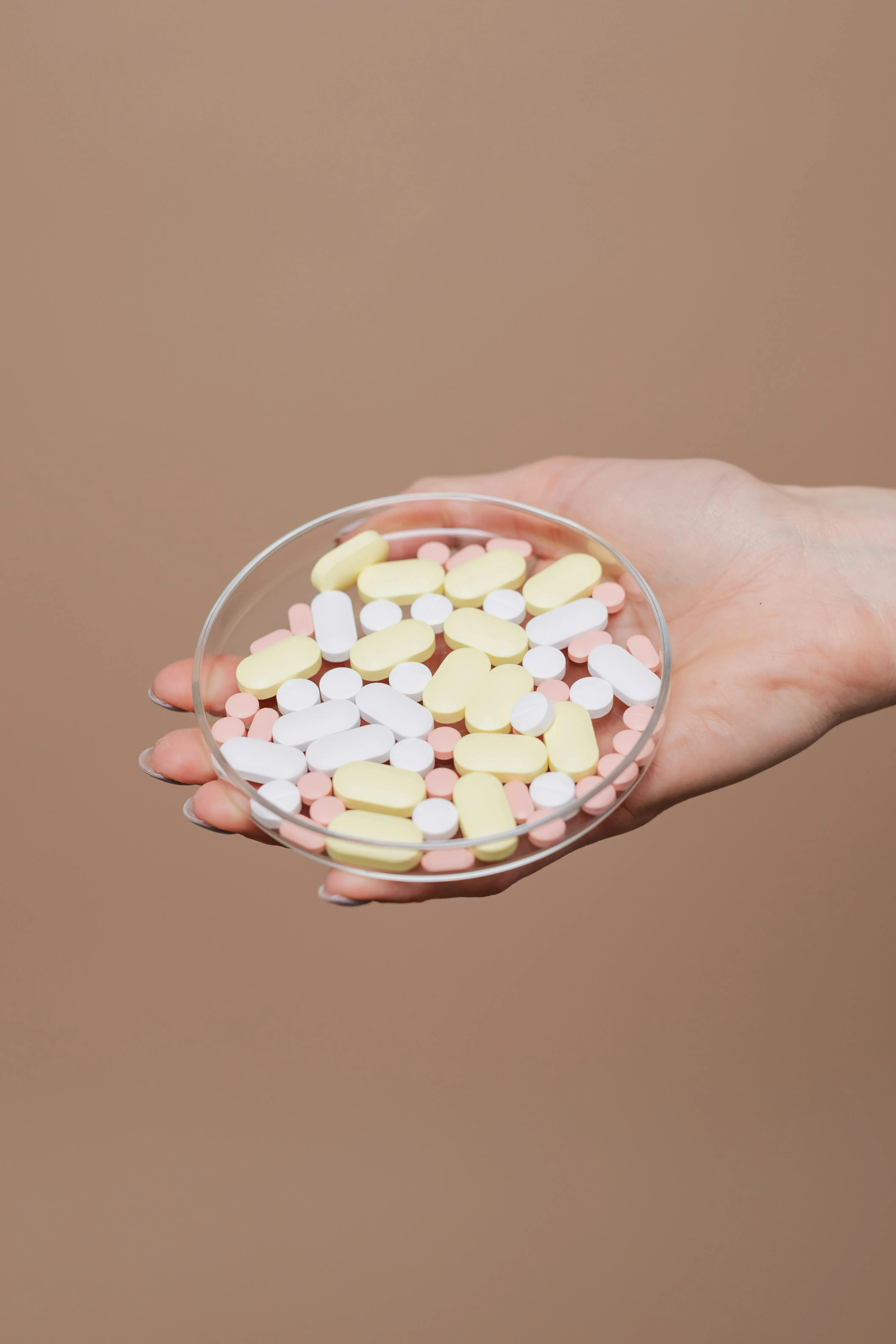The Good and Bad Cholesterol — What You Need to Know About HDL and LDL
Cholesterol is often described in terms of “the good” and “the bad,” as a battle between two opposing forces. This simplistic image has taken hold, not least because we humans like clear narratives where it's easy to pick a side. But is it really cholesterol itself that is the villain of the drama, or is the story more complex than that?

What is cholesterol and why is it important?
Cholesterol is one of the body's most talked about substances, and it is as important to our health as it is misunderstood.
In the blood there are two main types of fats: cholesterol and triglycerides. Triglycerides function primarily as a source of energy, while cholesterol has a crucial role in the structure and function of the body. It helps build cell membranes, produce important hormones such as estrogen and testosterone as well as contribute to the synthesis of vitamin D.
In short, cholesterol is indispensable for our body.
Our body produces most of its cholesterol itself in the liver, but we also get cholesterol through food. Interestingly, there is no chemical difference between the cholesterol we produce ourselves and what we get from the diet.
The difference lies in the way cholesterol is transported in the blood, which is where the well-known concepts of “bad” and “good” cholesterol, LDL and HDL, comes into play.
LDL and HDL — what do they do?
LDL and HDL are not cholesterol per se but lipoproteins, which are particles that transport cholesterol and other fats through the blood. They act as the body's delivery and recovery system for fat:
- LDL (Low-Density Lipoprotein): Often referred to as the “bad” cholesterol because it transports fat and cholesterol from the liver to the body's tissues. If there is too much LDL in the blood, it can stick to the vessel walls, form plaques and lead to atherosclerosis (atherosclerosis).
- HDL (High-Density Lipoprotein): Called the “good” cholesterol because it acts as a “fat vacuum cleaner” that transports excess cholesterol back to the liver where it is broken down or reused.
The difference between LDL and HDL lies in their structure and function, not in the cholesterol itself. The cholesterol in LDL and HDL are chemically identical.
The role of cholesterol in diseases
It has long been known that high LDL levels can increase the risk of cardiovascular disease, but research goes deeper than that. Much depends on composition of the LDL particles, that is, the proportions of different fats and proteins in the particle.
Small LDL particles are more dangerous
Studies show that small LDL particles are particularly harmful because they can penetrate the vessel walls more easily and cause inflammation and plaque formation. It is these tiny particles that have been linked to increased risk of diseases such as:
- Myocardial infarction
- Stroke
- Atherosclerosis
- Alzheimer's disease
Despite this, only about 10 percent of an LDL particle is made up of cholesterol. The rest is made up of other fats and proteins that also affect the properties of the particle. This shows that it is not only the level of cholesterol that matters, but also its quality and structure.
Can we measure “good” and “bad” cholesterol better?
Today, cholesterol levels are usually measured by analyzing total LDL and HDL values. But this does not give the whole picture. For example, a high LDL value can be harmless if the particles are large and not prone to causing damage.
At the same time, low levels of HDL may indicate an increased risk of cardiovascular disease, even if the LDL value is normal.

Influence of diet and lifestyle
One of the most common questions around cholesterol is how diet and lifestyle affect levels of LDL and HDL. Here are some insights:
- Saturated fats and trans fats: These tend to increase LDL levels and should be consumed in moderation. They are found, for example, in high-fat animal foods and industrially produced pastries.
- Unsaturated fats: Found in foods such as fish, nuts and avocados and can help increase HDL levels, which is positive.
- Physical activity: Regular exercise has been shown to raise HDL and lower LDL, improving the balance between the two.
- Genetics: Some people have a genetic predisposition to high cholesterol levels, regardless of lifestyle. It is therefore important to consult a doctor at high values.
What does this mean to you?
If you have been told that you have high cholesterol levels, it may be wise not to focus solely on the numbers. However, it is often more relevant to analyze composition of LDL and HDL rather than staring themselves blind at total values.
A very high LDL value is to be taken seriously, but a relatively high value can be harmless if the particles have a favorable structure.
Conclusion: Cholesterol is both friend and foe
Cholesterol is a vital building block of our body, but its role is complex. LDL and HDL are not “bad” or “good” per se, but their impact depends on their composition and function.
By understanding these mechanisms, we can begin to move beyond the simplistic concepts and focus on more precise diagnostics and treatment.
With continued research and development, we can expect better methods for measuring and managing cholesterol, which in turn can reduce the risk of cardiovascular disease and improve public health in the long term. Until then, balance in diet and lifestyle are the best tools we have to keep cholesterol under control.









